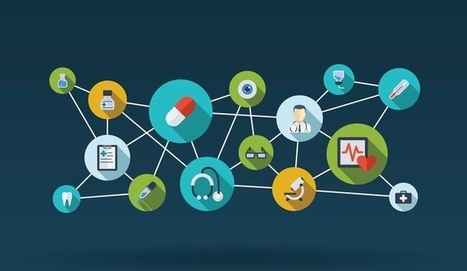Use of eHealth technologies is common in the multiple sclerosis (MS) population and facilitates the exchange of health care information with providers, according to a recent study.
However, use of eHealth and mHealth technologies varies substantially with sociodemographic factors, and health care providers need to be aware of these disparities as these technologies are increasingly leveraged in health care settings.
Researchers surveyed participants in the North American Research Committee on Multiple Sclerosis (NARCOMS) Registry in 2017 about their use of eHealth technologies using questions adapted from the Health Information National Trends (HINTS) 4 Cycle 4 survey. They found:
- Of 6,423 participants included in the analysis, most participants were female, and white, with a mean (SD) age of 59.7 (10.1) years.
- Overall, 5,408 (84.2%) had exchanged medical information with a health professional most often using a secure online portal (1,839, 28.6%), followed by email (1,327, 20.7%).
- Of the 5,529 smartphone and tablet users, 2,556 (46.2%) used an mHealth app.
read original at https://www.mdedge.com/clinicalneurologynews/clinical-edge/summary/multiple-sclerosis/use-ehealth-technologies-common-ms



 Your new post is loading...
Your new post is loading...












